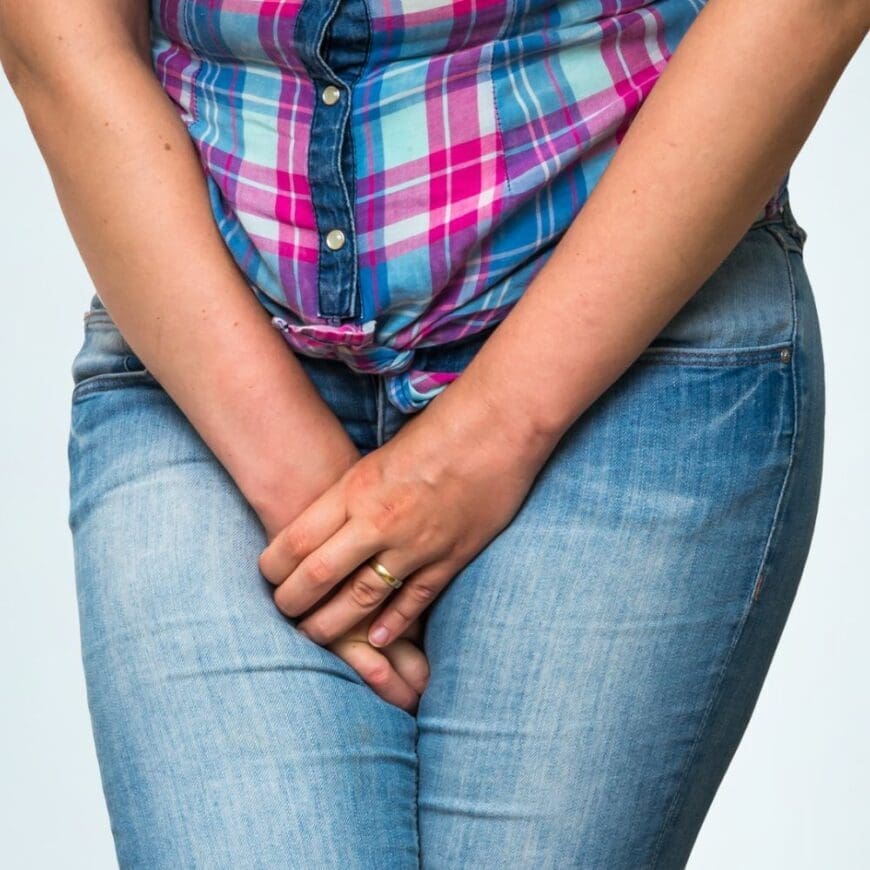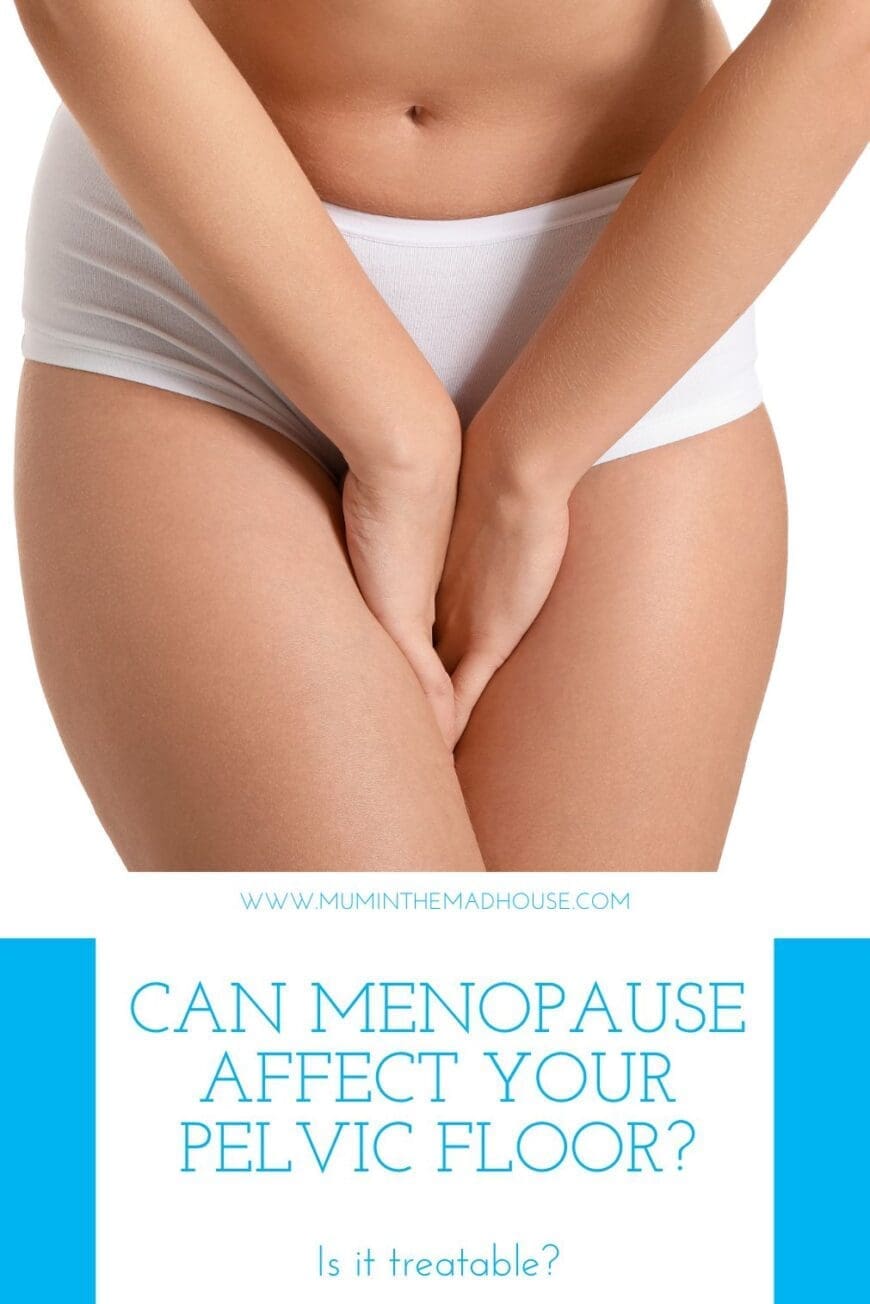Can menopause affect your pelvic floor is a paid collaborative post in conjunction with Complete Care Shop to highlight their campaign raising awareness of incontinence poverty. Incontinence products cost on average £1800 a year for people that require them and with the cost of living increasing, incontinence poverty (just like period poverty) is on the increase. This is why along with their partners have secured £150k worth of products to help anyone living with or caring for someone with incontinence and are struggling to pay for products.

For those who are struggling to buy incontinence products (free of charge & limited to two items per household), call the CCS customer care team on 01772675 048 or fill in the form via Complete Care Shop.
Stress incontinence was one of the most frightening aspects of pregnancy and childbirth. Everybody was talking about how important it was to do pelvic floor exercises regularly and start as early as you can. I was so concerned about it that I did pelvic floor exercises every time I boiled the kettle and I still do!
But urinary incontinence isn’t just limited to pregnancy and postpartum, it can impact people of all ages including women during perimenopause and menopause. I went through medical menopause (my fallopian tubes and ovaries were removed) at 35 and experienced all sorts of symptoms then and now my peer group are going through similar.
It is excellent to educate yourself on these issues but we also need to know that as well as doing exercises to prevent and reduce incontinence, there are also treatments available on the NHS and no woman should live in silence with these conditions.

Why menopause can affect your pelvic floor?
Our body can go through many changes during perimenopause and menopause much more than just the hot flashes, mood swings and night sweats, in fact as our oestrogen levels drop at the time of perimenopause and menopause, this can affect our pelvic floor health. But it isn’t just down to hormones, as we age so do our muscles and ligaments so we need to exercise them.
Pelvic floor issues are less well known, yet affect over 50% of women and can cause great discomfort and anxiety according to Nuffield Health and at worst could cause pelvic organ prolapse (where the pelvic organs protrude into the vagina).
Common symptoms include:
- Stress Incontinence – leaking urine when you sneeze, cough, run, jump or do exercise. Why do you think the talk of seeking if you have to go on a trampoline is so common?!
- Urinary urgency – When you have to go, you have to go. You just can not hold it in. This is also called urge incontinence.
- Urine Infections – Urinary Tract Infections (UTIs) seem to be more common and you can have the symptoms such as an overactive bladder and irritation without the infections.
- Pain during sex or just vaginal dryness, itching or sore vagina or vulva. This can be caused by thinking of the vaginal tissue which can reduce libido and reduce sexual intercourse – this can be treated with an estrogen pessary.
As my delightful GP said it all technically comes under the umbrella of vaginal atrophy and it isn’t something that we have to live with as there are solutions for most women out there.

Pelvic floor exercises
To strengthen your pelvic floor muscles, sit or stand comfortably and squeeze the muscles 10 to 15 times. The key is to not hold your breath or tighten your stomach, bottom or thigh muscles at the same time as squeezing.
You need to do it regularly and build them up and hold each squeeze for a number of seconds if you can. Every week, you can add more squeezes, but be careful not to overdo it, and always have a rest between sets of squeezes. Mix it up with a mix of long and short squeezes.
If you need more help or reminders, the NHS recommends squeezyapp, which is £2.99 to download. It is designed by chartered physiotherapists specialising in women’s and men’s pelvic health. It gives you a plan, tailored settings, reminders, visual guides and much more. It can even link with your Apple watch to give you discreet reminders.
As I said I do my pelvic floor exercises when I boil the kettle and I drink a lot of tea!
As you can see from above the health of your pelvic floor is very important to your whole physical wellbeing as well as your mental health.
Pelvic floor dysfunction is often curable or at the very least made much more manageable with the right help and support, so do not suffer in silence.
